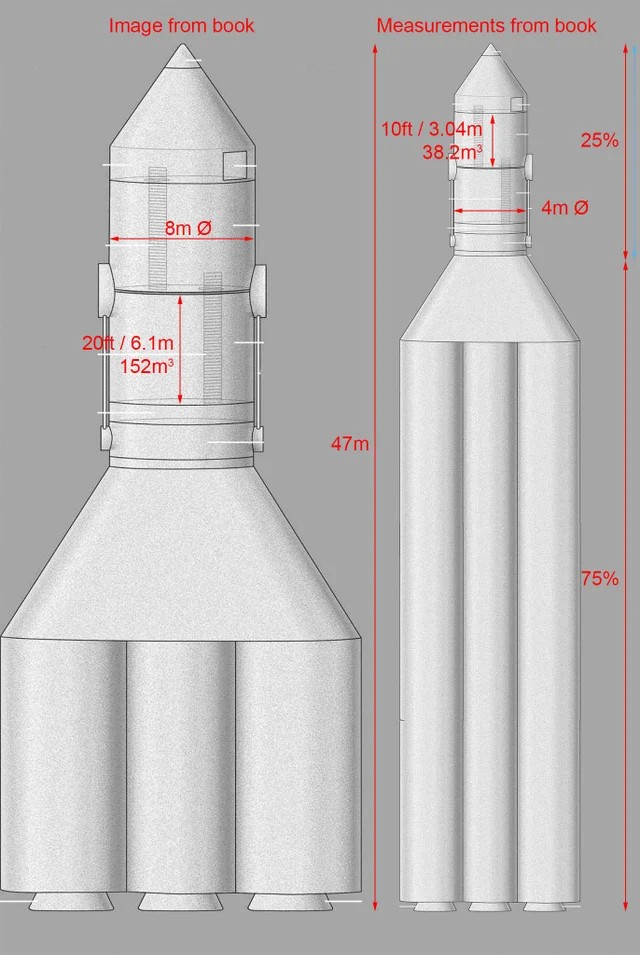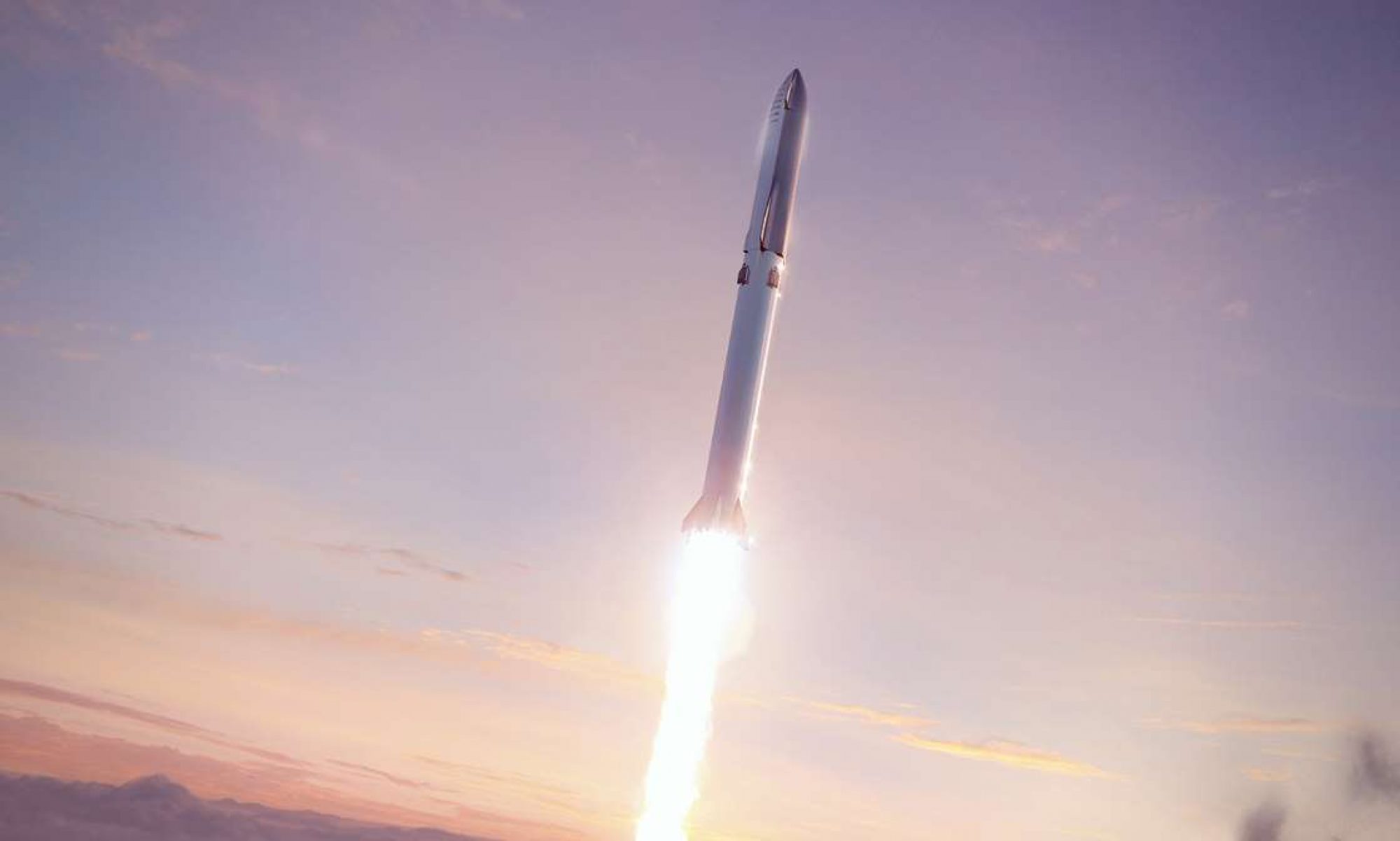 A slight correction is required. I initially assumed the acceleration of the Starship “Hail Mary”was 1.5 gee, but that’s not quite right. The audiobook, which I’m listening to currently, reminds me it’s actually 15 m/s^2. That’s a bit more than 1.5 gee.
A slight correction is required. I initially assumed the acceleration of the Starship “Hail Mary”was 1.5 gee, but that’s not quite right. The audiobook, which I’m listening to currently, reminds me it’s actually 15 m/s^2. That’s a bit more than 1.5 gee.
This fact modifies the third decimal place of the results, but that’s worth showing.
So the journey of the “Hail Mary” is 11.912 light-years, to Tau Ceti. It’s a one-way mission.
The trajectory is continuous acceleration for the whole trip.
The resulting gamma-factor is (15/9.80665)*(11.912*1.0323/2)+1 = 10.4
Top speed is 0.99537 c
Travel time is 3.842 years – about 3 years 10 months.
For a perfect photon-rocket, which Astrophage propelled “Hail Mary” happens to be (via plot physics), the mass-ratio is:
R = (1+v/c)/(1-v/c)
Which in this case is 431. To just get up to that speed, rather than slowing down again, the mass-ratio is the square-root, so 20.76. Close to the “Hail Mary” mass-ratio.
The basic conclusion hasn’t changed, but the figures are tighter.
Sadly the whole exercise might be moot. The latest study of the Radial Velocity signal of Keid (40 Eridani) indicates that Rocky’s homeworld might merely be an annual alias of the star’s rotational period:
Doppler Constraints on Planetary Companions to Nearby Sun-like Stars: An Archival Radial Velocity Survey of Southern Targets for Proposed NASA Direct Imaging Missions
